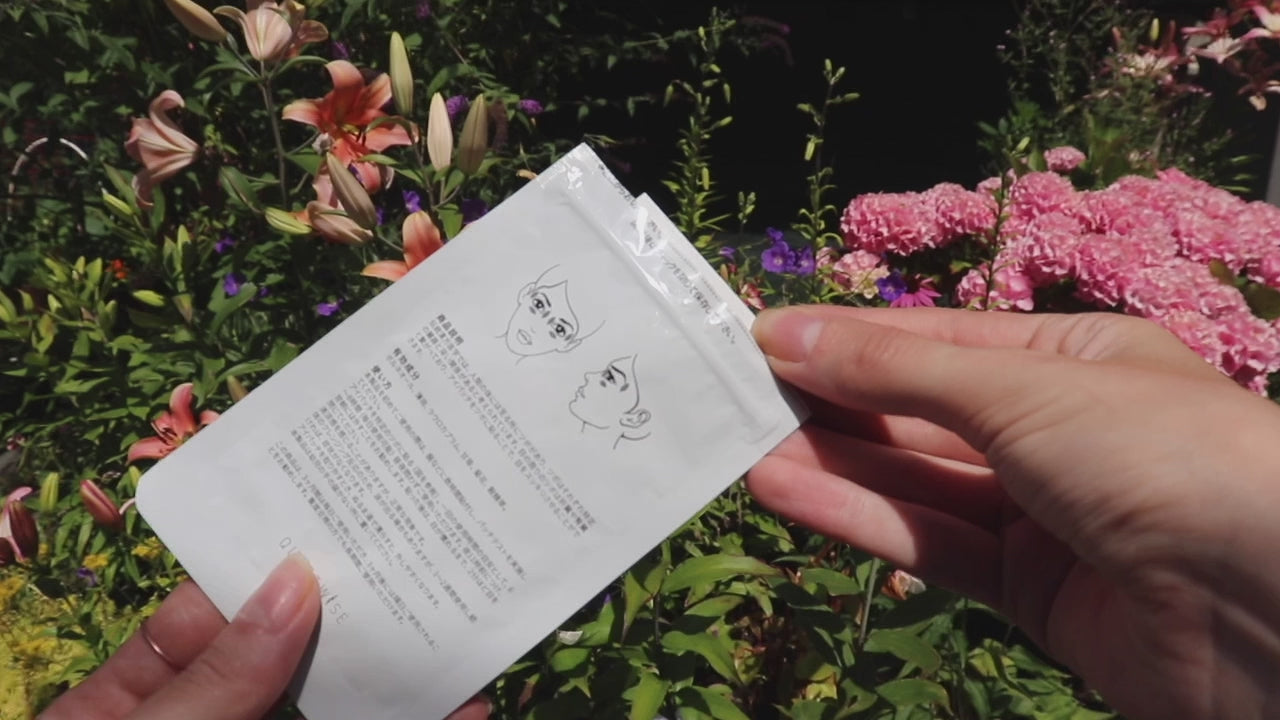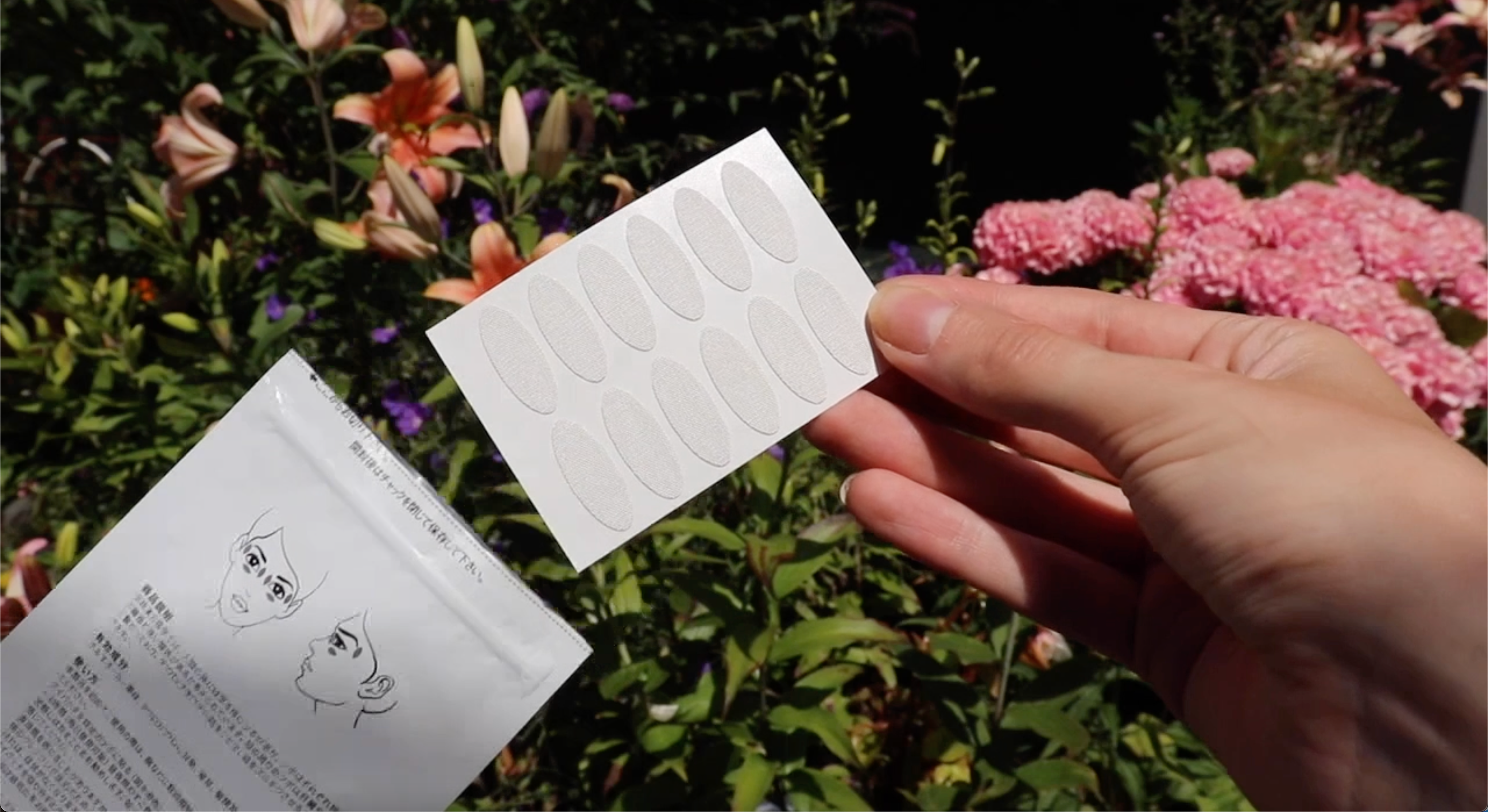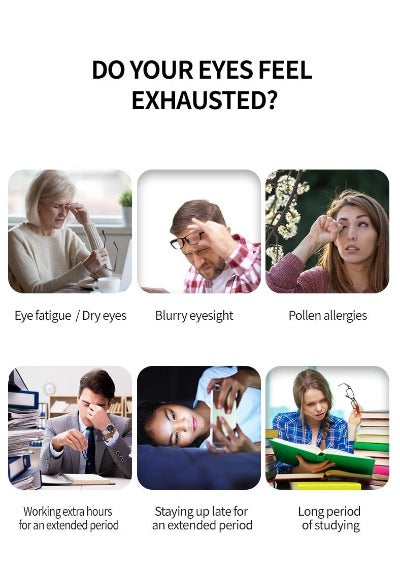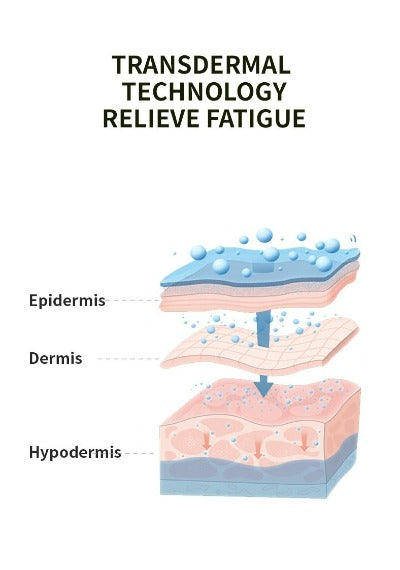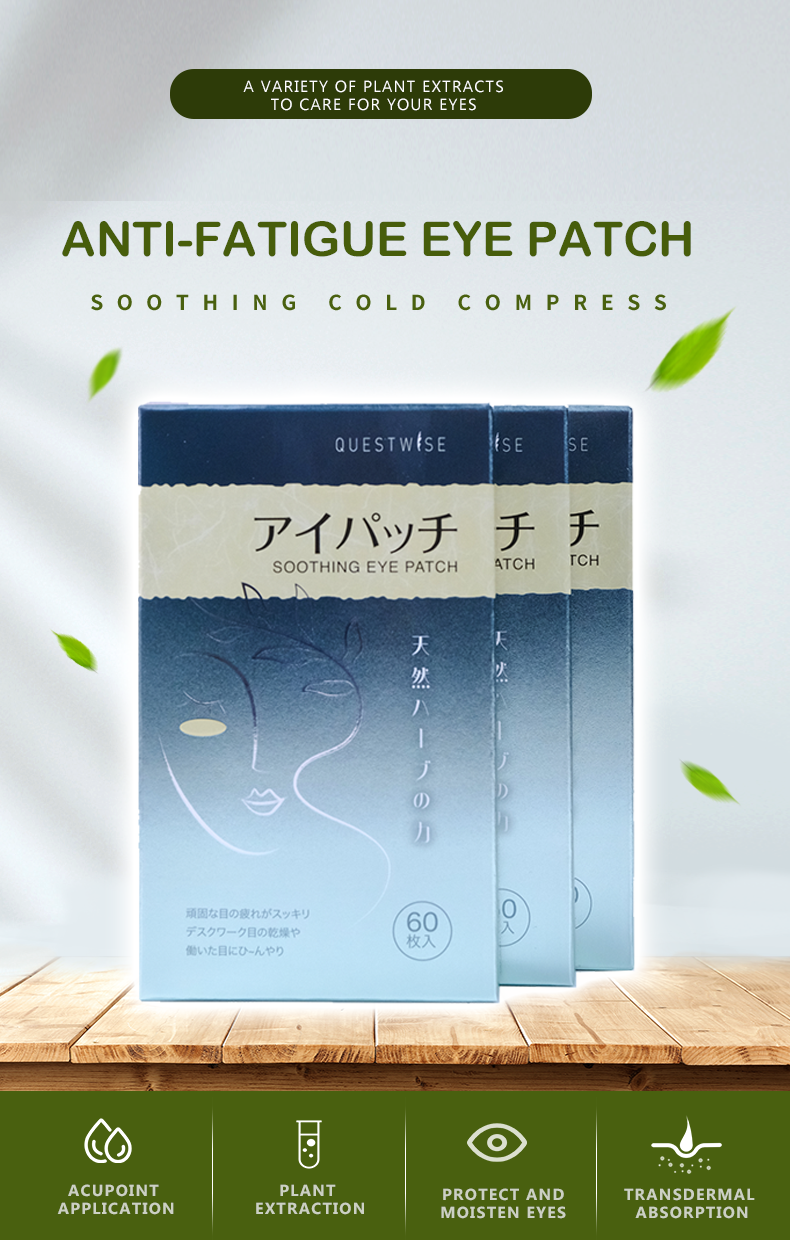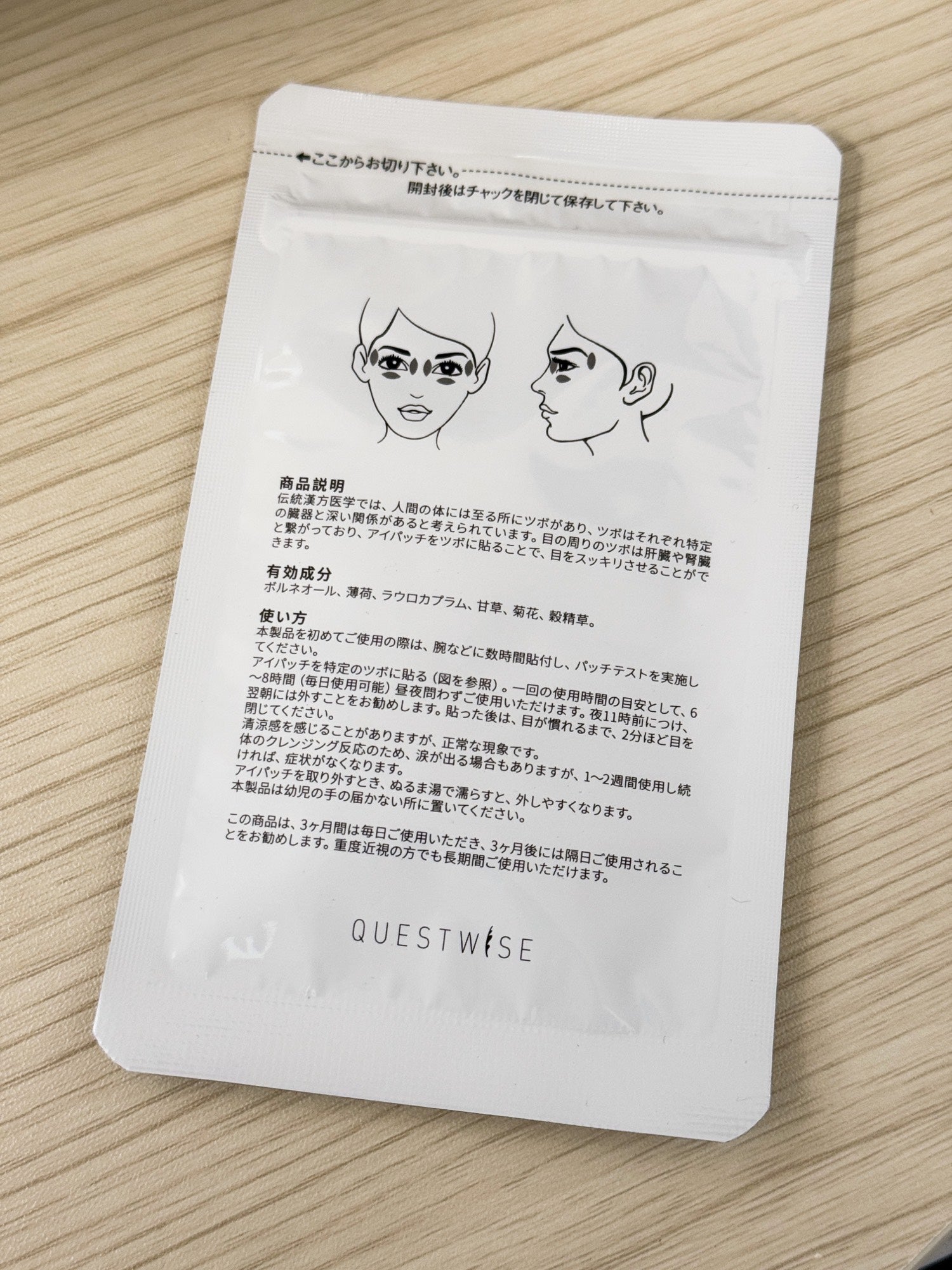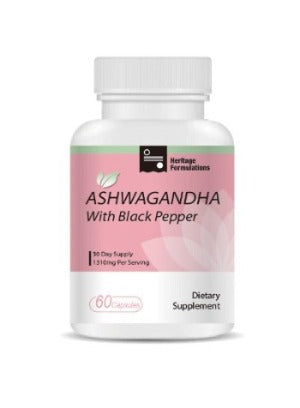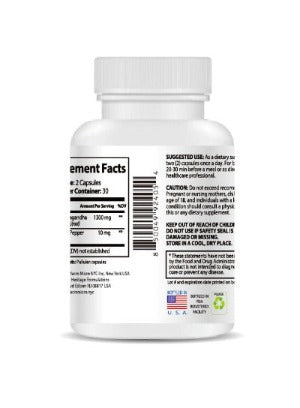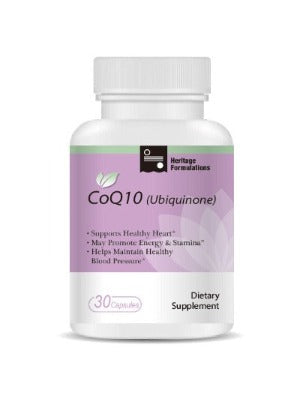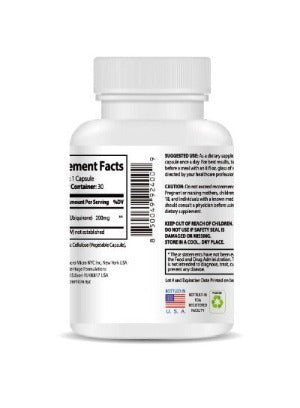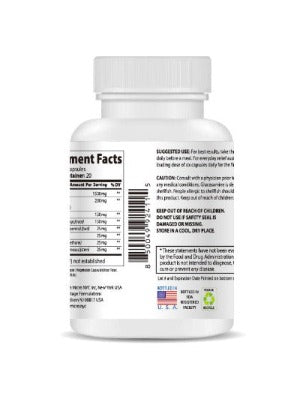If you wear contact lenses daily, you’ve likely felt it: that gritty, burning sensation by the end of the day, as if your eyes are pleading for a break. Dry eye syndrome isn’t just a nuisance—it’s a real threat, affecting 60% of contact lens wearers, four times the risk faced by the general population (14-33%), according to studies. Meibomian Gland Dysfunction (MGD), a leading cause of dry eyes, can leave your eyes red, irritated, and prone to serious issues like corneal infections, which can cost $1,000-$3,000 to treat, or even vision correction surgeries up to $5,000. Why does this happen, and what can you do about it? This guide dives into the science behind contact lenses and dry eyes, offering practical solutions to keep your eyes comfortable and healthy—because your vision deserves better.
Why Contact Lenses Trigger Dry Eyes
Contact lenses are a game-changer for millions, with over 140 million wearers globally enjoying clear vision without glasses. But there’s a catch: 60% of you are at risk for dry eye syndrome, far higher than the 14-33% prevalence in the general population. The culprit? Your tear film—a thin layer of water, oils, and mucus that keeps your eyes lubricated—gets disrupted.
The Science of Tear Film Disruption
Your tear film relies on a delicate balance. The oily layer, produced by meibomian glands in your eyelids, prevents tears from evaporating too quickly. Contact lenses reduce your blink rate from about 15 times per minute to just 5, limiting tear distribution. MGD, the most common cause of dry eye, occurs when these glands don’t produce enough oil, leaving tears to evaporate faster. For contact lens wearers, especially those wearing lenses 8+ hours daily, this creates a perfect storm: less oxygen reaches the cornea, and the tear film breaks down, leading to dryness, redness, and irritation.
Symptoms You Can’t Ignore
Dry eye symptoms range from mild to severe:
-
Redness and itchiness: Eyes that look bloodshot or feel scratchy.
-
Burning or gritty sensation: Like sandpaper in your eyes.
-
Blurred vision: Difficulty focusing, especially after long hours.
-
Floaters or light sensitivity: Annoying specks or discomfort in bright light.
Left untreated, dry eyes can escalate. Chronic cases risk corneal damage or infections, with treatment costs soaring from $1,000 for medications to $3,000 for specialist care, or even $5,000 for surgical interventions. Beyond costs, dry eyes can sap your productivity—imagine struggling through a presentation with irritated eyes or squinting at lecture notes as a student. These risks are real, but they’re not inevitable.
The Hidden Costs of Ignoring Dry Eyes
Dry eye isn’t just uncomfortable; it’s a progressive condition that worsens without action. For contact lens wearers, the stakes are higher. Prolonged lens wear can inflame the cornea, increasing infection risk. A single corneal infection can lead to weeks of treatment, costly eye drops, or even hospitalization in severe cases. Worse, chronic dry eyes may contribute to early vision issues like floaters or pseudo-myopia, especially for younger wearers.
Consider Sarah, a 25-year-old graphic designer in Los Angeles. She wore contacts for 10 hours daily, often pushing through redness and discomfort to meet deadlines. “My eyes felt like they were burning,” she says. “I ignored it, thinking it was normal, until blurry vision affected my work.” Similarly, John, a 45-year-old Seattle teacher, noticed his dry eyes made grading papers a chore. “I was scared of needing expensive treatments,” he admits. These stories highlight why early action is crucial—not just for comfort, but to avoid thousands in medical bills.
Practical Solutions to Protect Your Eyes
Dry eye syndrome doesn’t have to control your life. With the right habits and tools, you can prevent discomfort and safeguard your vision. Here are actionable strategies tailored for contact lens wearers:
For Those Looking to Prevent Dry Eyes
-
Choose High-Oxygen Lenses: Opt for silicone hydrogel lenses, which allow more oxygen to reach your cornea, reducing strain.
-
Limit Wear Time: Cap lens use at 8 hours daily. Remove them during naps or downtime to let your eyes breathe.
-
Blink Consciously: Practice blinking every few seconds to maintain tear flow, especially during focused tasks.
-
Stay Hydrated: Drink 8-10 glasses of water daily to support tear production.
-
Use Natural Relief: Products like WiseQuest Herbal Eye Patches, infused with chrysanthemum, mint, and licorice, offer a preservative-free way to nourish your eyes and prevent symptoms, keeping your vision clear.
For Those with Dry Eye Symptoms
-
Warm Compresses: Apply a warm, damp cloth for 5-10 minutes daily to stimulate meibomian gland function and boost tear film oils.
-
Avoid Irritants: Steer clear of smoky rooms or dry climates, which worsen irritation.
-
Ditch Preservative-Heavy Eye Drops: These can aggravate symptoms over time. Instead, consider natural options like WiseQuest Herbal Eye Patches to soothe redness, itchiness, or blurriness.
-
Visit an Eye Specialist: If symptoms persist, consult an optometrist to check for MGD or other underlying issues.
Real-Life Success Stories
-
Sarah, 25, Los Angeles: “Switching to high-oxygen lenses and using natural eye care products stopped my eyes from burning. I’m back to designing without discomfort.”
-
John, 45, Seattle: “Warm compresses and natural relief options saved me from constant redness. My eyes feel refreshed, and I’ve avoided costly treatments.”
-
Emily, 30, Chicago Student: “Dry eyes made studying tough. Better lens habits and natural solutions cleared my vision and boosted my focus.”
These strategies work because they address the root causes—MGD and tear film imbalance—helping you avoid complications and maintain eye health.
Why WiseQuest Stands Out
For contact lens wearers seeking a natural, effective way to combat dry eyes, WiseQuest Herbal Eye Patches offer a standout solution. Crafted in Japan with 86% user satisfaction, these patches use time-tested ingredients like chrysanthemum (antioxidant), mint (anti-inflammatory), and licorice (circulation-boosting) to support eye comfort. At just $3 a day—less than your morning coffee—WiseQuest provides an affordable, preservative-free alternative to eye drops, trusted by millions worldwide.
Take Control of Your Eye Health Today
Dry eye syndrome, driven by MGD, affects 60% of contact lens wearers—four times the risk of others. Don’t wait for redness, blurriness, or $3,000 treatments to force your hand. With simple habits and natural solutions like WiseQuest Herbal Eye Patches, you can keep your eyes comfortable and your vision sharp. Ready to try? Get a $5 trial pack or a $30 10-day pack with a 30-day money-back guarantee at wisequest.com. Act now—your eyes deserve it!



